
Food packaging is an effective way to protect foods from contaminants. Although well-meaning, food packaging spells harmful effects for the environment and the consumers. However, it will be ambiguous to make such bold statements without facts to back it up.
Packaged food, although well-meaning, is not the healthiest choice for the environment. The reason is that the food packaging causes environmental degradation due to their means of disposal and materials used. Plastic is one of the most popular types of food packaging. However, the same plastic threatens the survival of key marine animals and threatens their natural habitats. More than the packages, the means of disposing of them also affect the environment. Sadly, most packages have single-use purpose. Additionally, the process of creating packing materials releases toxic gases into the atmosphere. The waste from packages do not always degrade and can remain in the ground and in our seas for centuries. Furthermore, some make it to the landfill, but are not disposed of efficiently and will not get recycled. All things considered, packaged food is bad for the environment since it affects every part and resident of the environment.
The reason for food packaging
Food packaging is a necessity. More than many advocates would like to admit, you cannot enjoy certain fruits and foods for a longer period of time without a proper packaging system. For example, China lost about 30% of vegetables and 25% of fruits in circulation due to the lack of proper packaging. Since such design fortifies the food and makes them resistant to external environmental factors, they can last longer. Apart from this, each agricultural product has its physical characteristics that determine natural vulnerability. Due to this, and other factors like vibration during transport and external pressure, such foods’ internal properties may change. Hence, it is safe to say that food packaging stems from food security to meet consumer activities. The food packaging is necessary in order to prevent more food waste.
To an extent, the right packaging helps maintain the original nature of the food. However, if this were all, we wouldn’t have any problem with packaged food. Although food packaging is a way of protecting the food’s quality, it can have devastating consequences on the environment. For example, natural pollution, natural resources consumption to prepare the packaged material, and consumption of forest resources are a few of the unsightly parts of packaged food. According to a study, about 60% of the packaging material is not safe for use and delivers toxin into nature. If anything, it is a cause that is well worth looking into.
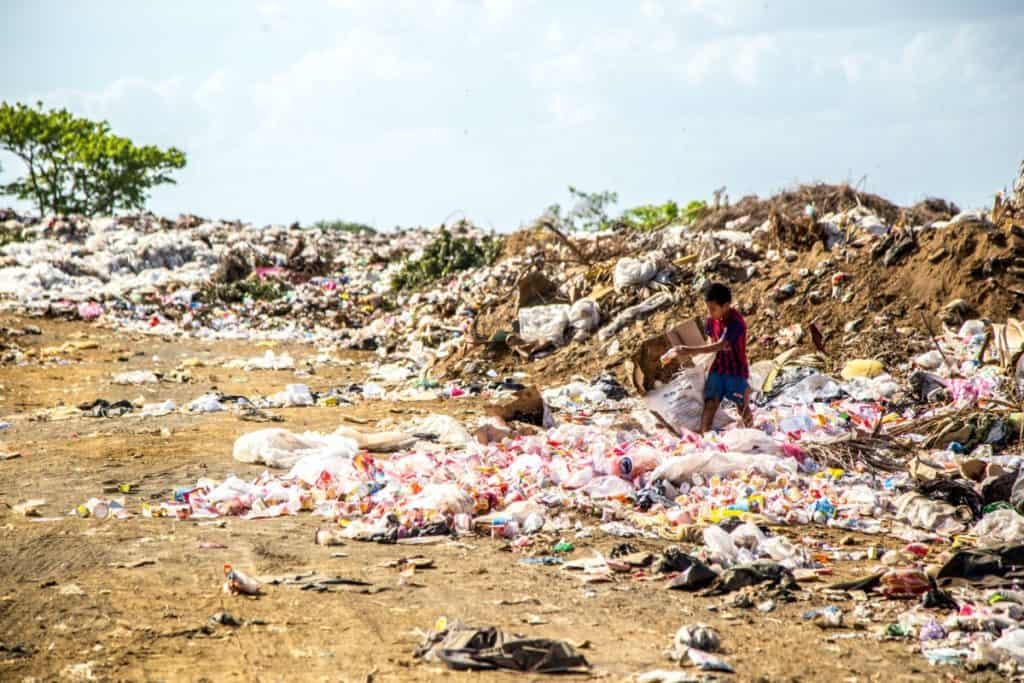
Making a case for the environment
Plastic in the waterways and oceans does not begin to highlight the least environmental impact of packaged food. Although food packaging provides a reliable way to keep them safely and in a shelf-stable condition, most are not recyclable. This, perhaps, is the fundamental problem of packaged food.
Most food packages, especially plastics, end up in our sea. So much that the United Nations declared the case of ocean plastic pollution a planetary crisis. Hence, it affects the animals, soil, and air more than constituting a problem for humans alone. As a result, while we may not be able to do without packaged foods, reducing the packaging and finding a more sustainable material choice as an alternative may be the only ways out.
Different types of packaging and material used
There are different types of food packaging based on different factors. For example, it can be a factor of the place of use, intention for use, and consumption timeline. Grocery stores usually sell their food in paperboard, plastic, metal, and glass containers. However, multiple layers of other packaging usually covers the food. Furthermore, aluminium and plastic foil-wraps covers takeout foods. Then, it’s placed in styrofoam, plastic, and paper containers. Like grocery store foods, they are further placed into paper or plastic bags.
Packaged foods have different layers of packaging. For example, the food can be in a tray, covered with plastic or paper wrap, placed in a paperboard box, and covered with a plastic wrap. Hence, most foods used in cans and plastic bottles are now packaged in multi-layered plastic bags. Since food production is evolving, it is only normal that packing practices improve.
How does the material affects the environment?
Like I said, most of the packaging design only allows single-use; Hence, we will throw it away and not reuse it. A report by the United States Environmental Protection Agency reveals that half of the municipal solid waste are from food packaging material. Due to the non-reusable design of the packages, whatever is left after use, we dispose. However, this figure does not justify the resources used in any way. For items that you will never use again, each packaging requires lots of water, minerals, fibres, energy, chemicals, and petroleum to produce.
The material production demands
Aluminum production
Aluminum packages are a product of mined bauxite melted into alumina. As expected, it is an energy-intensive process that demands water and creates a toxic sludge. Not just this, the toxic slug may contain radioactive or caustic elements and heavy metals. As a result, management can be complicated. It also constitutes greenhouse gases, polycyclic aromatic hydrocarbons, sulfur dioxide, and wastewater. The toxic wastewater might also find its way out in nature.
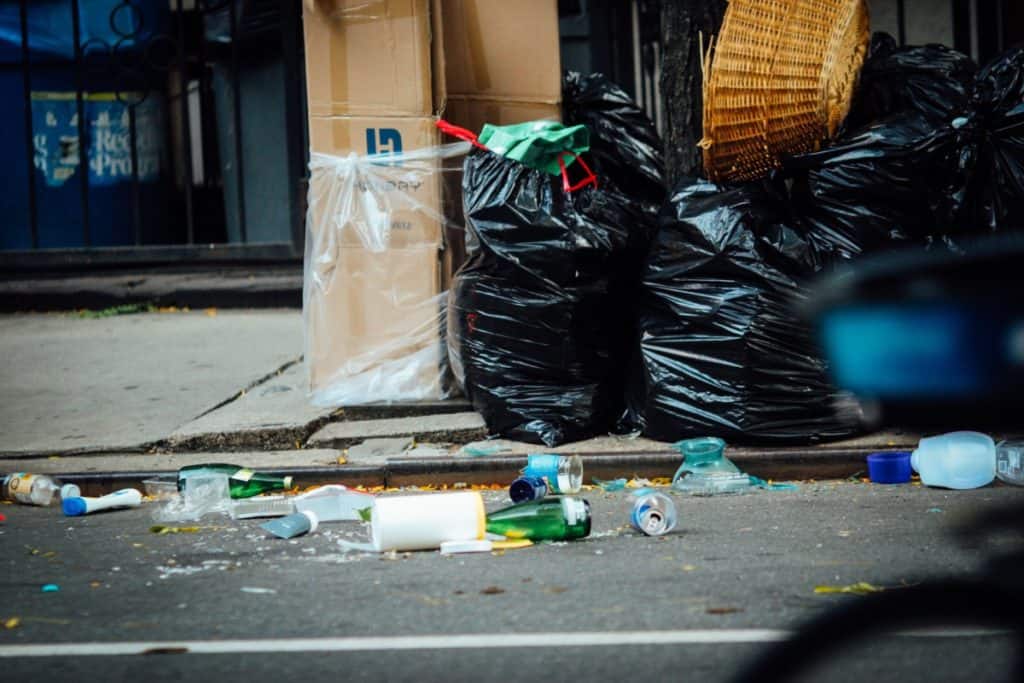
Glass production
Glass production and manufacturing involves burning fossil fuels like fuel oils, liquefied petroleum gas, and natural gas to melt feedstock material. Sadly, air emission from fuel combustion also causes greenhouse gases (GHG), nitrogen oxide, and sulphur oxide. The emission from the recrystallisation and vaporisation of the material also contains heavy metals like lead and arsenic. Although it requires a lot of energy to make, glass is more environmentally friendly than plastic as it is more likely to get reuses or recycled into new items.
Plastic production
The feedstocks used for plastic production is majorly sourced from natural gas. Although there are different types of plastic polymers, they are all sourced from fossil fuels. Like the rest, plastic production causes the release of a significant release of GHG into the atmosphere. Not just this, other emissions like sulphur hexafluoride, per-fluorocarbons, and nitrous oxide are common. A majority of the plastic we use does not get recycled, either because of wrong disposal or it’s made in a non-recycled material.
Paperboard and cardboard production
Wood mills into pulp through a chemical or mechanical process in order to make cardboard and paperboard. Hemp, linen, cotton, and other plant fibers and grasses like wheat and straw are also part of the process. However, the process can create water and air emission. Besides water and energy consumption, there is also a large volume of toxic waste. However, if you seek to avoid plastic, paper, cardboard and paperboard is one of the most environmentally friendly materials out there because it is easy recyclable. Additionally, it demands less energy and damage of natural resources than plastic.
The combined effect of all the materials
Most of the packaging after use disposes of to either become litter or buried in the landfill. Some carries by water or wind and lodges in other parts of the environment. Unfortunately, the ones that make it to the landfills don’t degrade with ease. The ones that do, chemicals in the materials can attach to the soil and groundwater. As a result, there is a rising number of plastic and packaging waste on land and sea.
The narrative is the same for those who don’t make it to either the landfill or the sea. The extent of their impacts, as expected, are multifaceted. One in three discarded food packaging will end up in the soil or water. However, the ones that are less than five millimetres end up on the ground and affect land organisms. Once it comes in contact with water, the plastics absorb harmful chemicals, and the contaminated pieces make their way into the food chain of fish and back into humans.
In case you are wondering how long it takes food packaging to biodegrade, here is a breakdown. It takes a banana peel about two weeks and three days, while it takes a juice pack three months. It takes a grocery bag fifty years, and soda can take up to 100 years to biodegrade. At the top of the chain is the plastic bottle that can take up to 450 years. Hence, that bottle you buried in the sand can remain that way for the next 450 years if undisturbed. That is disgustingly sad.
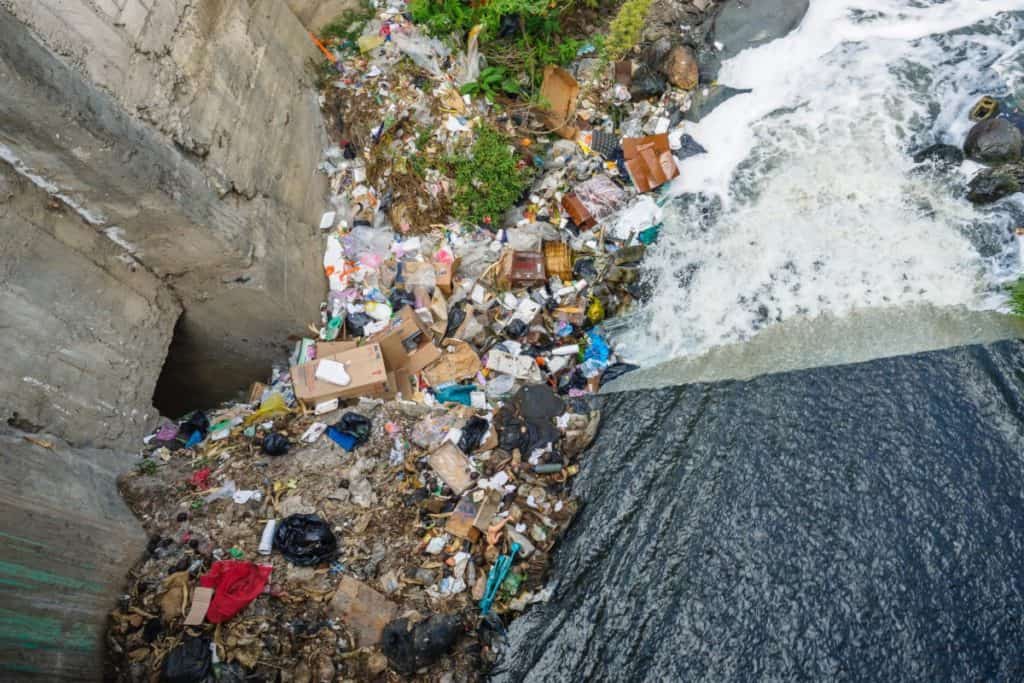
How it affects sea animals and birds
Of all the litters that can result from food packages, plastic is the worst offender. Plastic wraps, grocery bags, Styrofoam containers, straws, etc. designed for single-use, end up near animals. When the animals mistake them for food, it becomes considerably easy for them to get tangled. Apart from this, the ones floating on the oceans can harm marine animals. Most sea creatures, especially sea birds and sea turtles, feed majorly on plastic, not because it is healthy for them, but because they mistake it for food.
An estimate puts the number of plastic swirling around the ocean at trillions of pounds, with about 5% visible on the surface. Hence, the rest are either floating or settled below the surface on the sea ground.
Air pollution
Other packaging wastes that do not compost, either incarcerates or end up at the landfill. Although both options can be food for waste management, the resulting air emission is not for the environment. Most landfills emit hydrogen sulphide, and ammonia, while incinerators give out lead, hydrogen chloride, mercury, nitrous oxides, and sulphur dioxides. Remember, this is the same air we, and other residents of Mother Earth, breathe in.
A case for the health concerns
For a balanced approach, it is best to make a case for the health concerns over packaged food. Food contact materials are chemicals on packaging materials that rub on the food at any point in time. It can include substance, material, or any other agent that comes in contact with the food either during transport, storage, and processing of such items. Although there are about 6000 different chemicals in the first contact material inventory list of the US and EU, some are more prominent than others. For example, Bisphenol A or BPA is a regulated compound subject to different studies over the years.
Other chemicals to make the list include parabens, phthalates, benzophenone, phenol, and styrene. Let us examine the most prominent ones.

Bisphenol A
BPA was discovered in 1891 but received prominence in the 1950s. It was when researchers discovered that it could be polymerised to create polycarbonate plastic. Hence, although heat resistant and lightweight, it exhibited colorability, transparency, and flexibility. After this discovery, most manufacturers started using BPA for plastic components, optical media, packaging, and houseware. However, when it seeps into food, it can be harmful and dangerous for human health.
When BPA plastic and containers are made, not all of them are sealed into the product. As a result, some parts can mix with the content once fluids or food is added. A recent study of BPA levels in participants’ urine decreased by 66% after they avoided packaged foods for three days. In contrast, another study of people who ate packaged food for five days saw an increase in the BPA levels by 1.221%.
The design of BPA is such that it looks like the function and structure of estrogen. Its shape can bond with the hormone’s receptors and influence the normal body functions. For example, it can influence cell repair, growth, energy levels, fetal development, and reproduction. It also interacts with the thyroid and other hormone receptors to alter their functions.
Now, this is not all; BPA exposure during early life can affect babies. Plus, it links to type 2 diabetes and heart diseases. Human studies have revealed that there is a higher risk of high blood pressure in people with high BPA. They also have more insulin resistance; Hence, they are prone to diabetes. More than all of these, BPA is the precursor for major health problems. They include premature delivery, Asthma, PCOS, bad immune system, thyroid, and brain function.
Phthalates
Phthalates are another common chemical added to plastic food packages to increase the overall flexibility of the product. However, phthalate chemicals have a non-covalent bonding between the parent chemicals. As a result, it is considerably easy for the chemicals to leach into the food before consumption. Hence, it can also cause serious health effects.
Phthalates are a hormone-disrupting chemical that interferes with the male hormones and reproductive organs. When it interacts with the male sex hormones at an early stage, it can have an irreversible effect on reproduction. It is also linked with altered development of genitals, low sperm quality, and low sperm count. More than changes in men, it reduce female fertility and often causes preterm birth.
A report by the National Academy of Sciences on Phthalates and Cumulative Risk Assessment concluded that prenatal exposure could harm the reproductive system. It can decrease semen quality in men and increase the risks of endometriosis in women. It can also affect a pregnant woman by altering infant hormonal levels, neurobehavioral outcomes, and altered labor time.
Due to its nature as a semi-volatile compound, phthalates don’t bond to the products. Instead, they are continuously released during use. On the upside, it has a short half-life in the body.
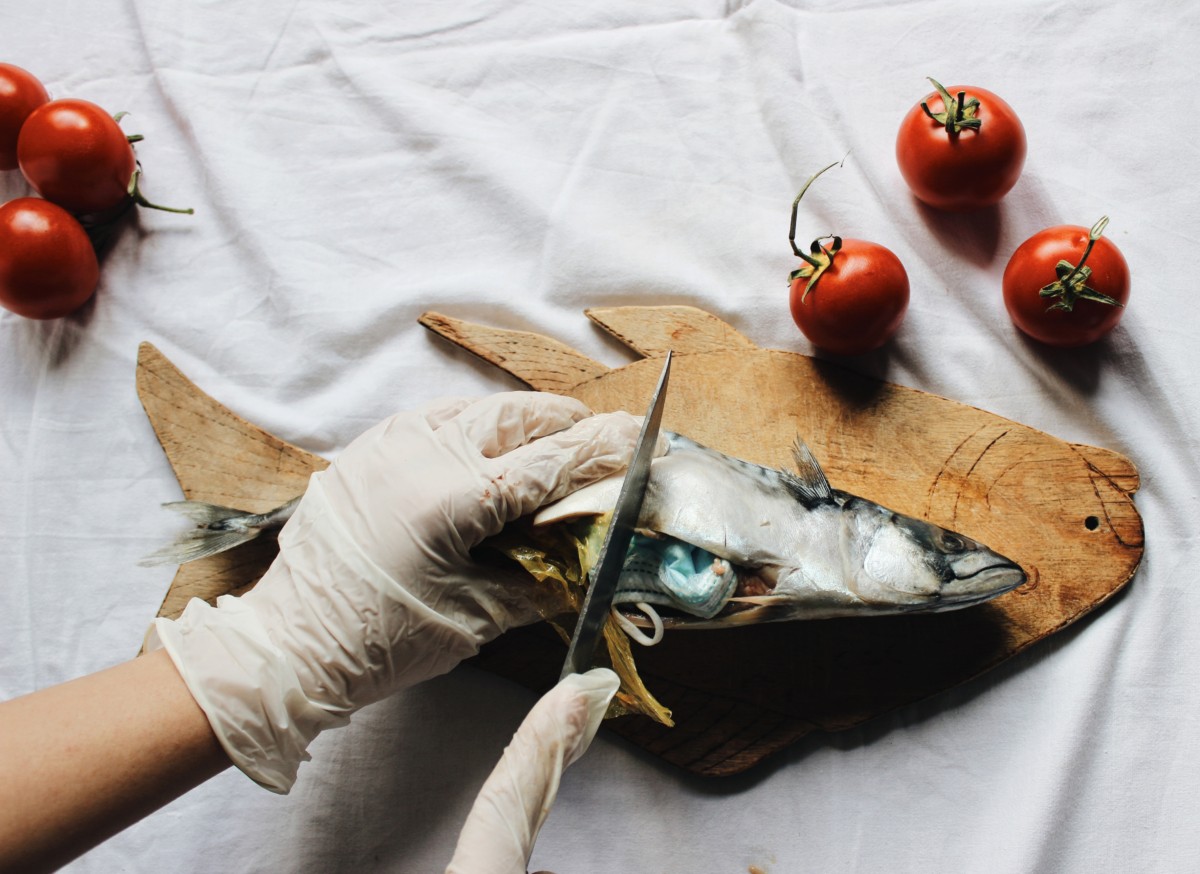
Parabens
Parabens, like phthalates, are found in different consumer products, including food packages. Most times, parabens are added to drink and food packaging because of its antimicrobial and preservative properties. Hence, it is usually added to increase the shelf-life of the products. However, they are also safety concerns regarding the ingestion of parabens due to their presence in foods.
There are different types of parabens. The commonest types include isopropyl paraben, butylparaben, isobutylparaben, and propylparaben. Paraben is an endocrine-disrupting estrogen that can affect the normal functioning of the immune system. Hence, as a result, the body can confuse it with estrogen. It can also affect the reproductive system, and when combined with other chemicals, can cause a growth of breast cancer cells.
Other reasons why you should avoid food packages
At this point, I should mention that not all packaged foods are bad for consumption. What determines whether the food should be consumed is the material used during the production. As an intuitive eater myself, I always want to encourage people to eat what the body desires. As much as our bodies deserve this kind of living and happiness, we also deserve health. Unfortunately, in an environment that suffers, it is not quite as easy to thrive as humans. Additionally, the environment inside our bodies need to thrive as well in order for us to stay happy. Apart from the reasons that we have highlighted above, some other health reasons why you should avoid packaged foods include:
Harmful preservatives and ingredients
Packaged foods are usually full of preservatives to make the last. As a result, it can last on the shelf for years without damage. Now that I think about it, if it can last for years on the shelf, why can’t it do the same in your body? There are different side effects of harmful preservatives. The bottom line is that they are not the best for the health and happiness of your body.
They are also made with chemical and artificial ingredients like texturants, artificial flavoring, and colorants. All of these chemicals can affect and disturb the natural balance of the body. Hence, when consumed, it can cause temporary or permanent disorders in our body.
Excess sugar, salt and sodium
Packaged foods like chips have high salt and sodium content. Hence, it can candidate for chronic heart disease and high blood pressure. Not just this, packaged foods are not the same as a balanced diet. Hence, they don’t contain the same nutrient as a balanced diet. Due to their long shelf life, packaged foods can also be challenging to digest. Since most of the foods lack fiber, foods won’t move with ease through the digestive system. As a result, you can feel uncomfortable and stay satisfied for only a short period of time.
With that said, I love a huge bag of crispy chips to a good movie. As intuitive eaters, we do not want to feel guilty about what we eat. Packaged food once in a while is okay too, because they feed our souls. However, once we’ve truly implemented the principles of the intuitive eating lifestyle, we will want to nourish ourselves and not go all in binge mode on a lot of packaged food. Realising the damage it does to our environment, we need to take some joint work together in order to make more hearthy decisions for ourselves and Mother Earth. Click on any of the links in this paragraph in order to check out the lifestyle I’m talking about.

Alternatives to food packaging and how to deal with it
Refuse it
To avoid contributing to the problem of packaged food, we can try and refuse some of the packaging to begin with. For example, when you buy your vegetables, some of them are quite easy to get in bulk without packaging covering them. Opt for buying reusable organic cotton produce bags and fill them up with tomatoes, mushrooms, nuts, onions, potatoes, bread, bagels, apples, bananas, etc. There are so many items that are actually in loose bulk! Always try and buy bulk in loose items instead of packaged food. Often times, you might also end up saving money because the companies in general want their money for packaging the food for you.
Additionally, try and bring your own grocery bags to the store. And whenever you’re out for some takeaway, bring your own containers and ask them kindly if they can use them instead. Most of them are happy to use reusable options.
Sometimes we can’t buy loose food items. A lot of products such as rice, beans, dry goods, cans, dairy, freezer items, etc., will most of the time come in packages. However, opt to find an alternative that uses cardboard or paperboard instead of plastic. Make sure the inside of the paperboard doesn’t have any plastic in it. Simply shake the product, and you’ll be able to hear if it has plastic inside. If you cannot find the food in paperboard or if its too expensive, try and buy the product in a larger quantum in order to save the plastic used. Furthermore, you can check if the area you live in has bulk stores where you can easily get all of your grocery list in larger bulks and loose bulk.
Reuse it
An excellent way to avoid the environmental problem of food packaging is to opt for reusable packaged foods. Hence, although it does not eliminate the problem, it reduces the impact because you use the packaging for a longer period of time. For example, the packaging sector generated 141 million tonnes of waste materials in 2015. If we held on to more waste than we dispose of, we wouldn’t have such a staggering amount. The problem is that most food packages are single-use items. Hence, if there is a way to use it more than once, we will effectively cut down on the impact.
Before you get convenient with using and disposing of a food container, try to reuse it for food storage. Additionally, there is no harm in going to the grocery store with your grocery bag. This way, you won’t need to buy another bag. For drinks packaged in glasses and bottles, you can return them to the manufacturers for cleaning and recycling, or you can use it for food storage. Although most people have embraced the mentality to re-use their food packages, it needs to become a cultural thing.
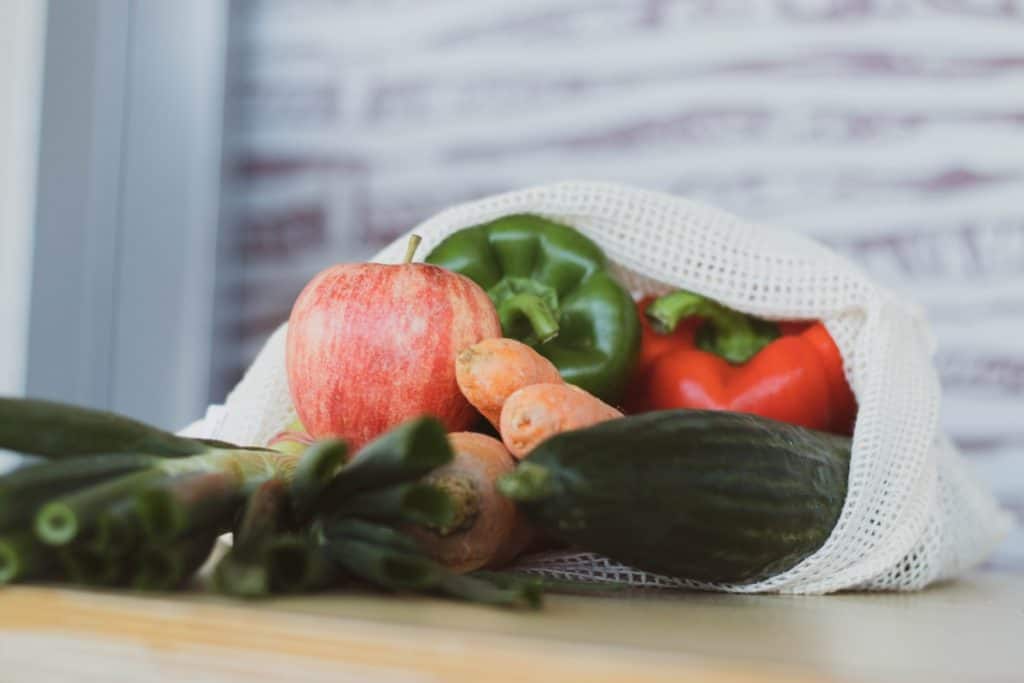
Compost it
Biodegradable packaging from paper and other eco-friendly materials are a better alternative to plastic. Compostable packages breakdown easily in an environmentally-friendly way. Hence, even when you dispose of them, they return to the earth faster. They also require less carbon to make and won’t fill the landfill as other non-friendly ones. Not just this, during the breakdown, the packages provide essential nutrients for the earth. However, make sure the paperboard does not have a lining of plastic foil inside it.
Compostable packages are more environmentally friendly if we compare it to biodegradable ones. A standard biodegradable material will break down in months depending on the conditions. However, a compostable package will degrade quicker and provide essential nutrients when the process is complete. Either way, both are better than single-use products that will end up in the landfill or incinerator.
Recycle it
Another alternative is to look for light packages that can be recycled easily. The reason for this is that lightweight packaging materials have less CO2 emission when you transport them.
Some of the popular alternatives include:
- Cardboard, paperboard and paper: Both items are reusable, biodegradable, and recyclable. Apart from this, they are readily available and are easy to source – Plus, they are eco-friendly.
- Corn starch: packages made from corn starch are also ideal as they are biodegradable and recyclable. Although they have limited use, they are handy for all types of food packages and have a less negative environmental impact.
Avoiding food waste
Although this point has little to do with food packaging, it is still important. As a last point to this article I want to emphasise the importance of avoiding food waste. Leftovers and other soon-to-expire food make awesome lunches for the day after tomorrow too.
Additionally, whenever you buy food, remember to use it all and throw as little as possible out. If you have the opportunity, you should always opt for composting the food waste. This is because the process of composting will break down the food and release less greenhouse gasses than if it was transferred directly to incinerating.
As a pro tip, you can sit down in front of your fridge, freezer and pantry once a week and plan a weekly meal plan. Sort it out and figure out a way to use the food that soon expires or looks a little sad. Remember, although the food has expired, doesn’t mean it’s bad after. Get creative, and save our environment. However, if the environment is not a key motivator for you, save your wallet with these simple steps and changes too!
